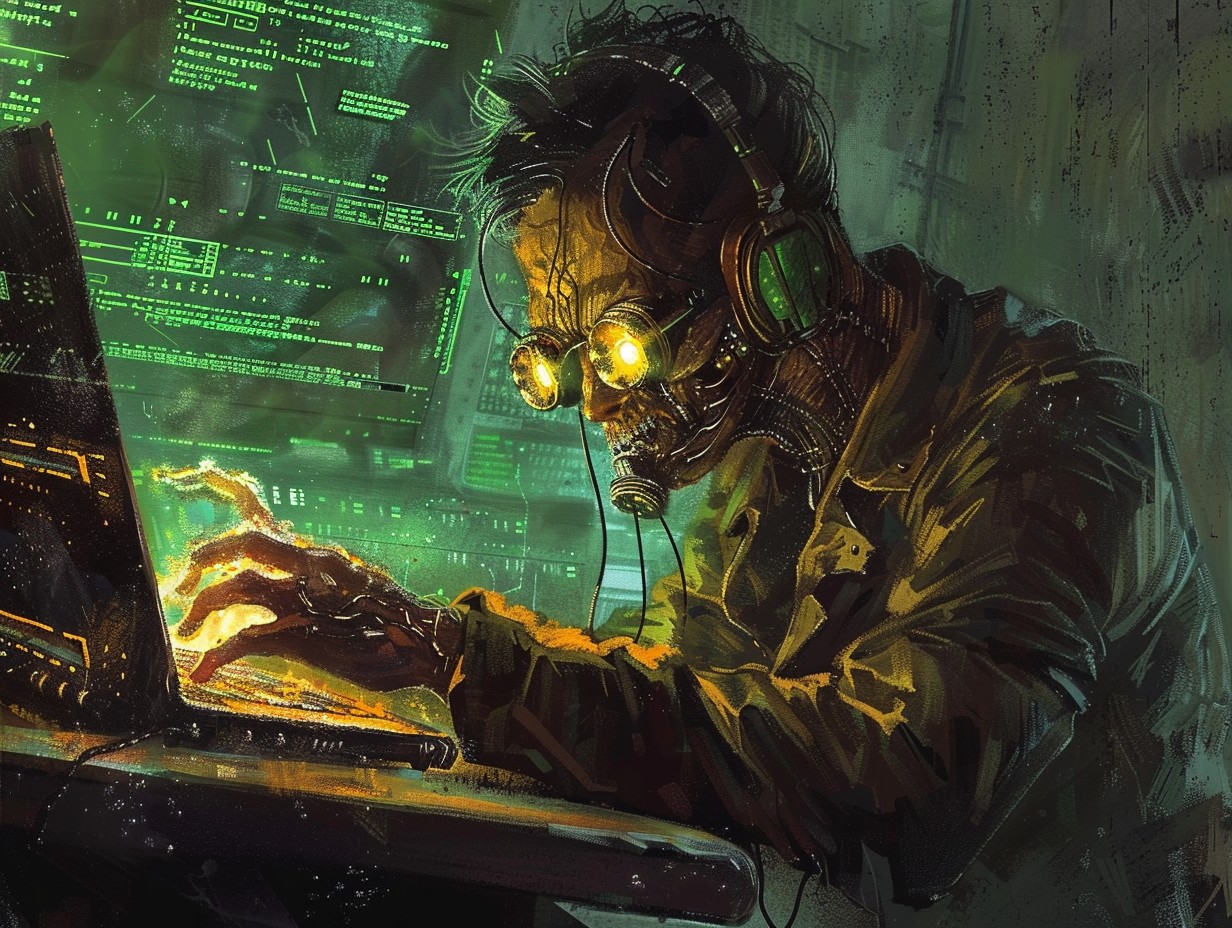According to research from the University of Maryland, Moody’s Investors Service said last month that the average yearly increase in cyberattacks from 2017 to 2023 was 26%.
Because it is not often mandatory for organizations to report cyberattacks, this figure is probably underestimated. According to Moody’s, generative AI will probably favor attackers in the short and medium term as cybersecurity concerns increase.
AI has amplified the cybersecurity threat
Over the last two years, generative artificial intelligence, or “gen AI,” has become a major strategic objective in almost every industry in its evolution from startling demos. Most CEOs say they are under pressure to spend money on artificial intelligence.
Product teams are currently working frantically to incorporate Gen AI into their goods and services. To control the hazards associated with AI, the US and the EU are starting to implement new legal frameworks.
Cybercriminals and hackers are not going to sit around doing nothing throughout all of this chaos. Artificial intelligence (AI) is being investigated for a variety of purposes, including phishing message grammar improvement and video and audio spoofing for deceitful or coercive financial demands.
They’re also trying to figure out how to take down the AI models that companies are actively investing in. The effectiveness of an organization’s cybersecurity strategy largely determines whether attackers or defenders are in the lead.
In actuality, generative AI tools for security operations centers are still in their initial phases and will only get better over the course of the following year. Leaders in cybersecurity who want to implement these solutions should take advantage of this opportunity to study how to assess generative AI security technologies and how to carefully consider the vendors that provide them with cybersecurity solutions.
Cutting poison with poison
In the near future, attackers will deploy more and more advanced AI to make their attacks more widespread, more dodging, and more flexible. Security teams will have to change and make the most of modern technologies. Security teams can also make their operations more effective by leveraging AI and machine learning, noted Sridhar Muppidi, chief technology officer for security software at IBM, in a technical paper.
AI-powered security information systems can also help analysts assess the gravity of hazards that have been identified. These systems also help reduce the amount of time spent spotting false positives so that management can have more time to focus on the immediate, serious dangers.
Hunting for threats takes time. Senior security analysts search for indicators of compromise by switching between tools and log files. AI can save time, as even junior analysts would be able to complete this work with the help of gen-AI tools.
In order to speed up reaction to emerging threats, these tools should automatically produce searches to detect risks, as these searches should be based on natural language descriptions of attack behavior and trends.
Attacks will also increase as businesses use Gen AI in supply chain, marketing, product development, customer service, and other areas of their business. Utilizing these same-generation AI capabilities is a wise way to protect your AI models, data, and usage.
You may start making the most of your time and abilities after you are familiar with the capabilities of these products as well as the drawbacks of tools and providers that might not live up to our requirements. Also, you may feel more assured about the security you’re giving to your infrastructure, data, and people.





